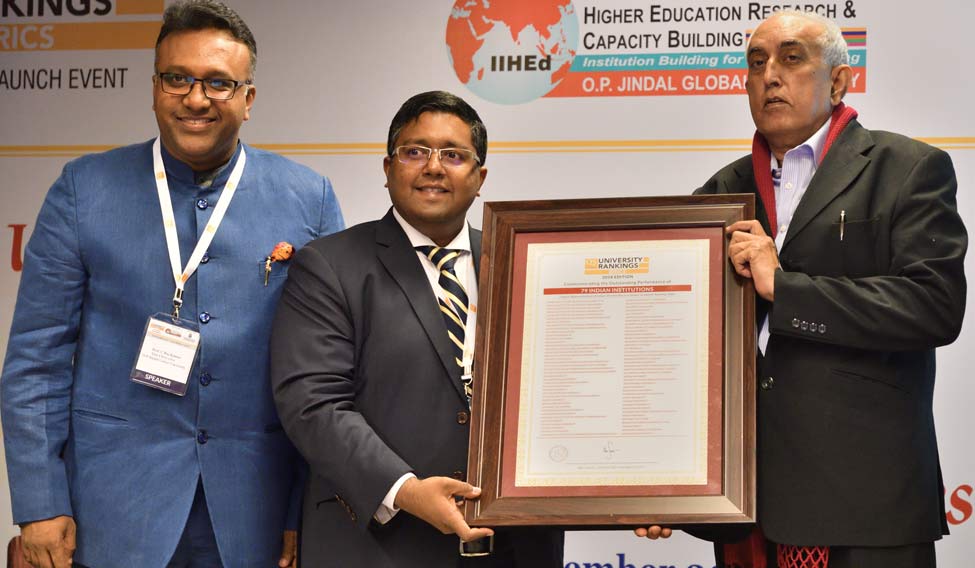While research productivity of Indian universities has gone up, the quantity of Indian research, on an average, is greater than its quality, noted a report by QS (Quacquarelli Symonds) World University Rankings for BRICS as part of its 2018 ranking list. The report says that India’s strength, relative to universities in other BRICS nations, lies in the fact that its universities have high proportions of qualified faculty.
The QS rankings for BRICS institutions 2018 has many firsts to India's credit. For the first time, 79 Indian institutions have featured in the rankings, and IIT Bombay has raced past the Indian Institute of Science, Bangalore, rewriting history. IIT Bombay has risen to ninth from last year's 13th position, thus making its first-ever appearance in the top ten of the table.
On the contrary, IISc Bangalore has fallen from sixth to 10th. IIT Delhi and IIT Madras are other two institutions in the top 20.
University of Delhi, Mumbai, Calcutta and Calicut have also found a place in the rankings. Among the private institutions, BITS Pilani has been ranked the highest followed by Manipal University and Thapar university. OP Jindal university has also been ranked among the top 300.
QS World University Rankings for BRICS provide an insight into the comparative performance of universities in Brazil, Russia, India, China and South Africa. The ranking is compiled using eight different indicators, including the ratio of faculty to students, the proportion of academic staff with a PhD and the institution’s reputation among academics and employers. These rankings are important in the wake of government’s proposal to create world class universities.
China's Tsinghua University led the pack, with four of top five positions taken by institutions from that country. While research productivity of Indian universities has gone up,the quantity of Indian research is greater than its quality, on an average.
“The best thing about these rankings is that universities get a chance to look at themselves. Most of them have expanded so rapidly that they themselves didn't know their strengths and weaknesses”, said Virander S. Chauhan, Chairman, UGC.
QS’s Citations per Paper metric measures the impact of a university’s research output. No Indian entrant achieves a top-10 score for this indicator, which is dominated by Chinese universities. 15 Indian universities receive a perfect score of 100/100 for QS’s Staff with PhD indicator.
“This ranking allows Indian policymakers, academics, and administrators to measure the performance of their higher education system against competitors with similar aspirations. The 2018 edition indicates that Indian universities—should they wish to compete with the dominant Chinese system—need to implement frameworks that encourage the production of high-impact research,” said Ben Sowter, Research Director at QS.






